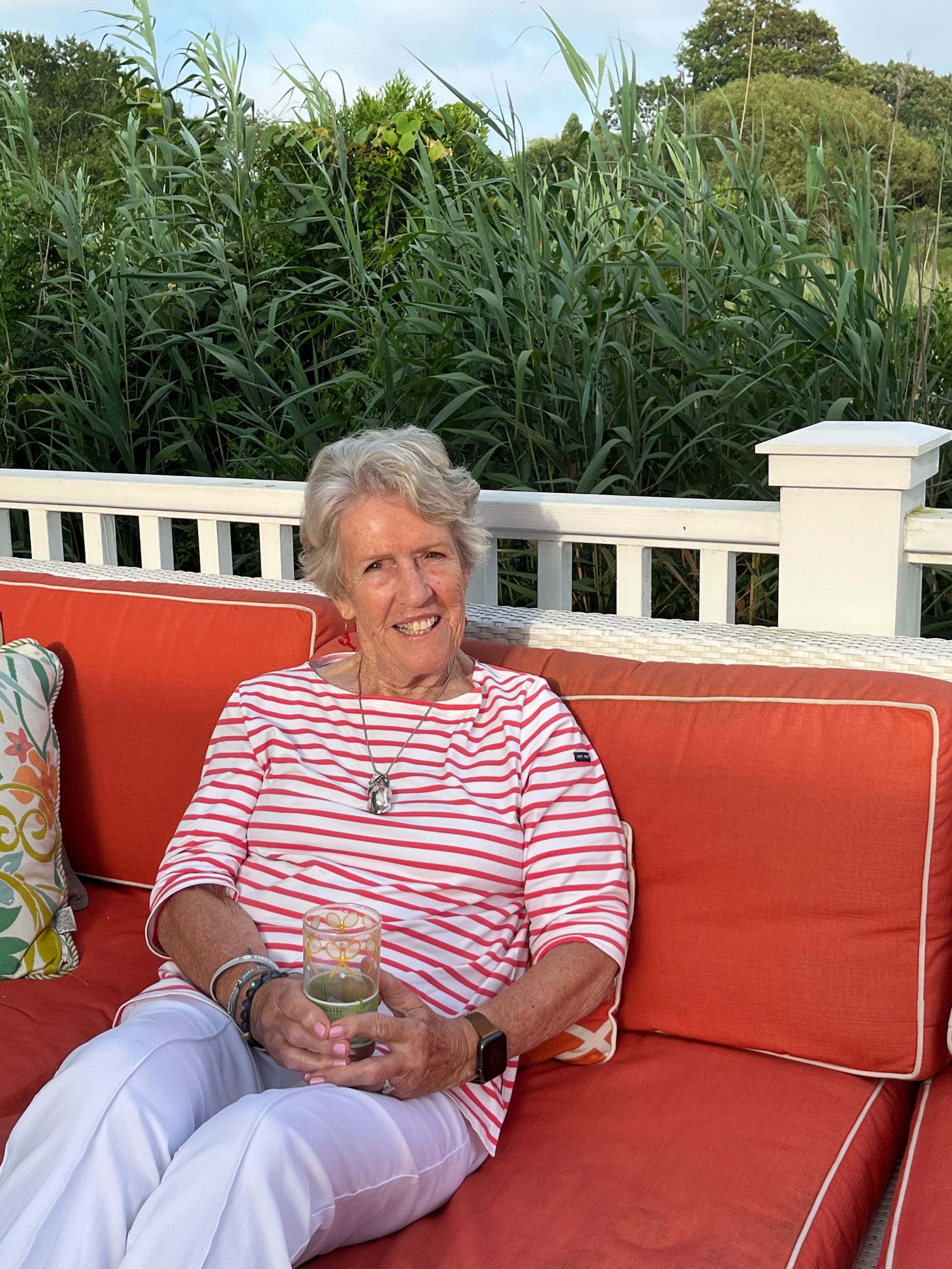A MAINE BIRDWATCHER IN FLORIDA
/LIFE LIST: A MAINE BIRDWATCHER IN FLORIDA by Ken Janes
“Photographing ‘big’ birds like osprey and raptors is rewarding but I especially like getting good photos of the tiny ones that hide in the bushes,” Ken Janes says. “This Yellow-Throated Warbler was a challenge, probably the hardest one to get for the book, and the one I like best. It’s a spectacular little five-inch bird rarely found in the north, and it took me several years to get a decent photo — out in the open, good light, in focus, proper head angle, and no obstructions except that pesky leaf under the bill.”
LIFE LIST: A Maine Birdwatcher in Florida features 140 pages and 166 extraordinary photographs taken by Ken Janes, a retired surgeon, Kennebunk, Maine resident and Vero Beach, Florida snowbird. His first book, LIFE LIST: Field Notes of a Maine Birdwatcher, was published in 2019 and showcased birds found in the fields and beaches near his home in southern Maine. It immediately garnered several awards, including “Book of the Year” by the Independent Publishers of New England.
Long winters in Vero Beach ignited Ken’s interest in Florida birds in addition to the many migrants that pass through on their way to Caribbean islands and South America. Several years ago, Ken started focusing his Canon EOS 7D on Sandwich Terns, Sedge Wrens and Whimbrels nesting in the pinewoods and coastal inlets of Indian River County. He discovered a happy crew of Painted Buntings at the feeder in his neighbor’s back yard at Grand Harbour Golf & Beach Club. “There are countless places to find photogenic Florida birds,” he says.
“The Roseate Spoonbill is the star of the show around here and this photo was hands-down the favorite of my son Matt, a graphic artist who formatted and designed the book,” Ken says. “I took this photo at the Stick Marsh rookery in Fellsmere. I was probably there for an hour hoping to get a good shot as the birds flew in and out, building nests and caring for their young. I shoot in what is called RAW format in the digital world. Think of it as undeveloped film. Later, I make adjustments in the computer for contrast, color and focus.”
“This Red-Shouldered Hawk is common in Florida but not very cooperative,” Ken says. “It’s usually seen soaring overhead or in the treetops. For some reason this one was tolerant of me standing 30 feet away and taking pictures. Maybe he had a nest or mate nearby. He was not happy and kept making loud screeching noises, but I stayed put. I think the photo captures the nature of a wild creature clearly communicating its feelings. For photographers, the important thing is to get the photo and then leave so the bird is not overly stressed.”
The book is divided into sections featuring wading birds, raptors, waterfowl, pelicans, gulls, terns, shorebirds and songbirds. Many photos depict birds swooping over the water to snag breakfast or lunch. Ken captured an egret in flight with a frog in its beak, a Snail Kite clutching a snail, and a Raptor soaring overhead carrying a fish. “Sometimes you just get lucky,” he says.
Each image in the book includes nuggets of information. For example, “The Limpkin is an inconspicuous bird found in brushy swamps and golf course ponds. They feed on clams and snails and are noted for their loud, screaming call in the middle of the night. Fortunately the night time noise ends after breeding season.”
Last week Ken and I took an early morning birdwatching expedition at Pelican Island National Wildlife Refuge and Sebastian Inlet State Park in Indian River County, Florida. I hoped to see how and where he captured these magnificent images.
We were barely 10 feet along a paved path hemmed with mangroves when Ken said quietly, “Do you hear that kingfisher?” (For the record, I did not.) “Let’s walk slowly, no rapid steps. Birds are comfortable with movement, just not strident movements. Remember, you’re in their habitat and they know you’re here."
“There are 10,000 species of birds around the world and probably 790 here in the United States,” Ken said. “Photographing them takes concentration and patience. You need the sun behind you. You need to find a good spot because you might be standing or sitting there a while. And you’ve got to watch out for fire ants!”
“Neither the Florida or Maine book is meant to be a comprehensive field guide,” Ken adds. “I hope they’ll be used as a resource for visiting and resident bird watchers. Because whether you’re an expert hoping to add to your Life List or an enthusiastic novice learning to identify a species for the first time, the lure of birdwatching is that you never know what you’ll find.”
————
LIFE LIST: A Maine Birdwatcher in Florida is available at the Vero Beach Book Center (where it’s been the #1 seller for two weeks) and the Laughing Dog Gallery in Vero Beach; in Maine it’s available at Hurlbutt Design LLC and Mail-It-Unlimited in Kennebunk.





